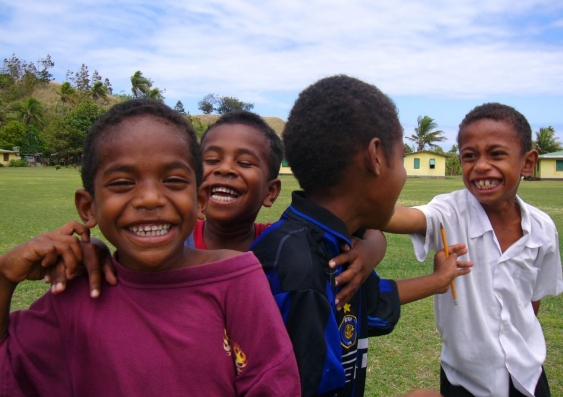A UNSW study has found Fiji’s poor are getting a fair share of the benefits from the Fiji government’s spending on healthcare but that challenges remain, particularly the lack of data to assess the quality of health services.
Fiji’s rich are contributing more of their income towards financing the health system which is good for equity, the study also found.
The study measured the extent to which different socio-economic groups benefit from public subsidy for health through their use of health services and how the burden of financing the health system is distributed across socio-economic groups.
“It was encouraging to see that Fiji is making health services accessible to the wider population,” said the study’s lead author, Associate Professor Virginia Wiseman from UNSW’s School of Public Health and Community Medicine and the London School of Hygiene and Tropical Medicine.
“However, challenges remain, especially regarding the quality of health services,” Associate Professor Wiseman said.
“We recommend that Fiji strengthens national data collection systems to track coverage of quality healthcare services and monitors changes in out-of-pocket payments to improve the healthcare system further.
“Good data and effective use of data for decision making is at the heart of the efforts to improve health systems and measuring progress towards universal health coverage.”
Excluding external resources, the Fijian health-care system is financed by a mixture of government resources, largely from taxes (64%), out-of-pocket payments (29%) and private health insurance schemes (7%).
Like many low–middle income countries, Fiji is looking to move towards universal health coverage for its population.
The study found:
- wealthier Fijians make the largest contribution towards financing the health system through payment of direct taxes and voluntary health insurance, the most progressive sources of healthcare financing in the country;
- indirect taxes (VAT and custom taxes) are regressive as poorer groups contribute more to revenues raised from these taxes relative to income;
- the rich contribute more out-of-pocket towards health financing than the poor; and
- the distribution of the overall healthcare financing burden is progressive.
The study also found poorer groups use outpatient and inpatient services in government healthcare facilities more often than the rich, while private facilities are used predominantly by richer groups. The distribution of total government health subsidy also favours poorer groups more than wealthier ones.
The study was conducted in collaboration with Fiji National University's Centre for Health Information Systems and Policy (CHIPSR) and the Fiji Ministry of Health and Medical Services (MoHMS). It was funded by the Australian Government’s Department of Foreign Affairs and Trade through the Australian Development Research Awards (ADRAs) scheme.
The UNSW research team has conducted a similar study in Timor-Leste. These results will be available in 2016.


